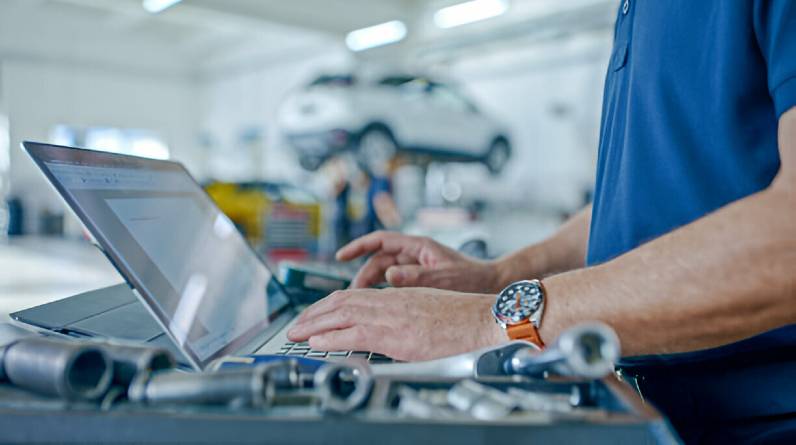
Owning a car can be both convenient and costly. While gas prices and insurance rates grab headlines, it’s unexpected repairs that often drain your wallet the fastest. The good news? With a proactive maintenance plan, you can avoid many of the most expensive breakdowns—and keep your vehicle running smoothly for years.
In this comprehensive guide, we’ll cover expert-backed strategies to maintain your car, extend its lifespan, and reduce the risk of high-cost surprises. Whether you drive daily or only occasionally, these tips will help you save thousands over time.
Why Preventive Maintenance Matters
Let’s start with the basics: routine car maintenance is cheaper than major repairs. It’s the difference between a $50 oil change and a $5,000 engine replacement.
Neglecting maintenance doesn’t just cause wear and tear—it causes compounding damage that affects your vehicle’s reliability, resale value, and safety.
Key Benefits of Regular Maintenance:
- Avoid costly mechanical failures
- Improve fuel efficiency
- Extend your car’s life by years
- Catch problems early while they’re still affordable
Essential Car Maintenance Tasks That Save Money
Here’s a breakdown of the most important maintenance steps, how often to do them, and the hidden costs they help you avoid.
1. Change Your Oil and Filter Regularly
- Recommended Frequency: Every 3,000–7,500 miles (check your owner’s manual)
- Cost of Maintenance: $40–$100
- Cost of Neglect: Up to $6,000 (engine failure)
Skipping oil changes allows dirt and metal particles to damage your engine. Regular changes ensure smooth engine operation and reduce friction-related damage.
2. Check and Maintain Tire Pressure and Alignment
- Check Tire Pressure: Monthly
- Rotate Tires: Every 6,000–8,000 miles
- Alignments: Annually or as needed
- Cost of Neglect: Uneven wear leads to $600+ in tire replacement
Low tire pressure can decrease gas mileage and wear tires faster. Poor alignment stresses suspension and steering components.
3. Replace Brake Pads Before They Wear Out
- Check Every: 10,000–20,000 miles
- Cost of Maintenance: $150–$300 per axle
- Cost of Neglect: $800+ for rotor and caliper replacement
Worn-out pads damage other brake components and increase your stopping distance, posing a serious safety risk.
4. Inspect Belts and Hoses
- Check Frequency: Every 30,000 miles
- Common Failures: Timing belts, serpentine belts
- Cost of Maintenance: $100–$500
- Cost of Neglect: $2,000+ (engine damage from snapped belts)
Belts and hoses are small parts with big consequences when they fail unexpectedly.
5. Flush and Replace Fluids
- Coolant, Brake, Transmission, and Power Steering Fluids
- Flush Schedule: Every 30,000–60,000 miles (varies by fluid)
- Cost of Maintenance: $100–$300 per system
- Cost of Neglect: $1,000+ (damaged transmission, overheating, etc.)
Fluids degrade over time, losing their effectiveness and causing system failures if not replaced.
DIY vs. Professional Maintenance: Where to Save
DIY maintenance can save you hundreds annually, especially for simple tasks like:
- Oil changes
- Air filter replacements
- Battery checks
- Windshield wiper swaps
However, leave complex jobs to certified mechanics. Incorrect repairs often lead to bigger problems down the road.
Tip: Build a relationship with a trusted local mechanic who can alert you to potential issues early, often saving money in the long run.
Signs You Should Never Ignore (and Why)
Here are warning signs that require immediate attention:
| Sign | Potential Issue | Estimated Cost If Ignored |
| Squealing brakes | Worn pads | $800+ |
| Engine knocking | Low oil, engine wear | $3,000–$6,000 |
| Transmission slipping | Failing transmission | $4,000–$7,000 |
| Overheating | Coolant system issues | $2,000+ |
| Dashboard warning lights | Varies | Varies widely |
Prompt action can mean the difference between a minor fix and a major overhaul.
Budget-Friendly Maintenance Tips
Here are some smart, cost-effective ways to stay on top of maintenance without draining your budget:
Use a Car Maintenance App
Apps like myCARFAX, Drivvo, or AUTOsist track service intervals and send alerts when it’s time for your next check-up.
Buy Quality Parts
Cheap parts wear out faster. Investing in OEM (original equipment manufacturer) or highly-rated aftermarket parts offers better long-term value.
Shop Around for Quotes
Don’t settle for the first mechanic. Use platforms like RepairPal to compare prices for common services.
Combine Services
Get multiple services (e.g., oil change + tire rotation) done in a single visit to save on labor costs.
Long-Term Maintenance Planning
Think of your car like a home—small investments now prevent big expenses later. Use this high-level maintenance timeline as a reference:
| Mileage | Service |
| Every 5,000–7,500 miles | Oil & filter change, tire check |
| 15,000–30,000 miles | Air filters, battery inspection |
| 30,000–60,000 miles | Brake pads, transmission flush |
| 60,000–100,000 miles | Timing belt, spark plugs, hoses |
| 100,000+ miles | Major tune-up, suspension components |
Always refer to your owner’s manual for vehicle-specific guidance.
Final Thoughts: Pay a Little Now or Pay a Lot Later
Car maintenance isn’t just about keeping your vehicle running—it’s about protecting your investment and avoiding massive repair bills. By sticking to a regular maintenance routine, you can avoid 70–80% of common breakdowns.
When in doubt, think of it this way:
If you don’t take care of your car, your mechanic will—at a much higher price.
Take action today, save money tomorrow, and drive with peace of mind knowing you’re one step ahead of expensive repairs.






